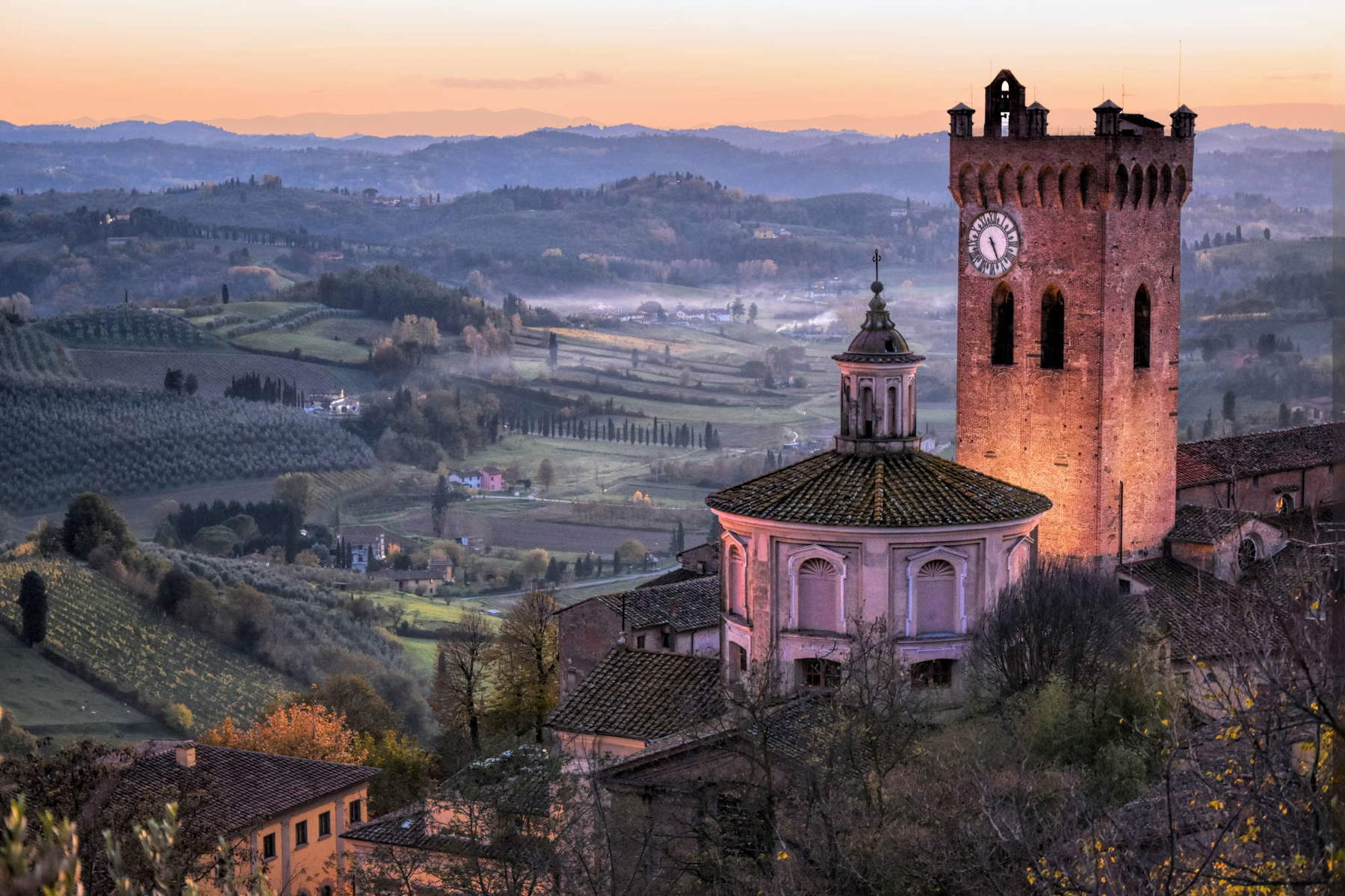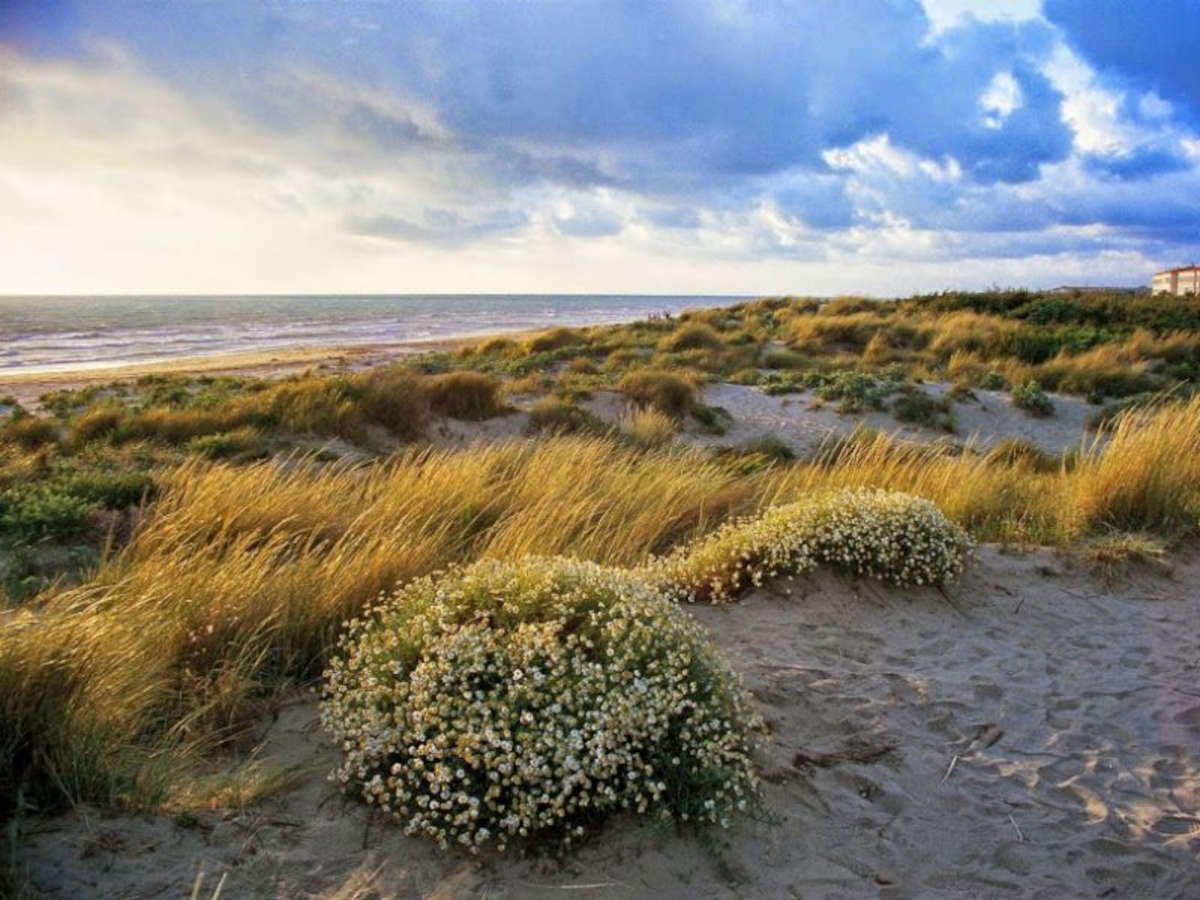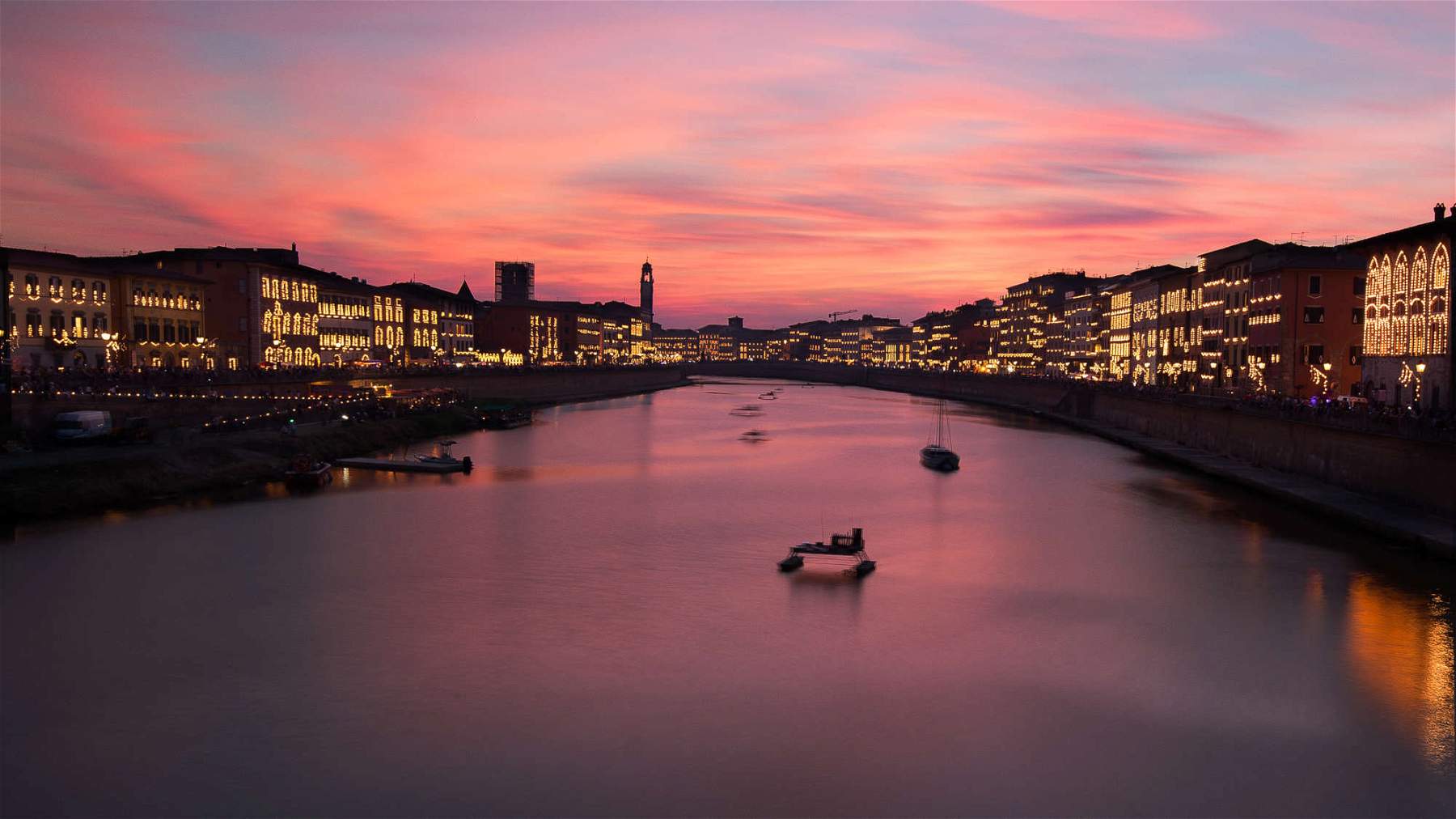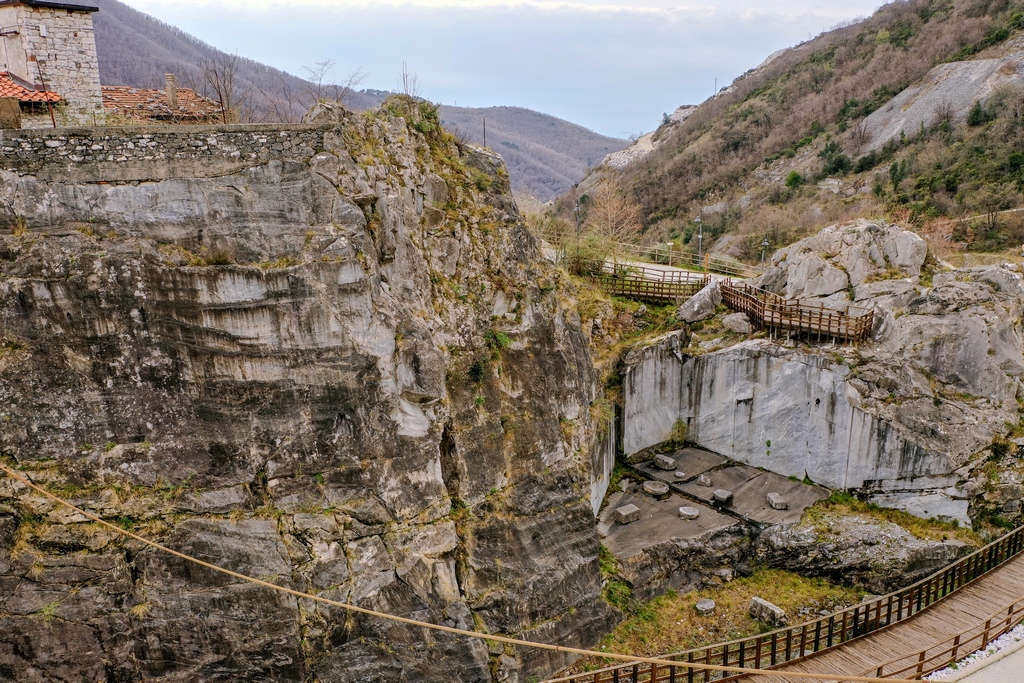Tourism in Tuscany: there is a whole part of the region that is little known and needs to be told
How are we, as the Tuscany region, dealing with the Unesco issue? We are dealing with a real reservoir, largely completely unexplored from the tourism point of view: it is true that Unesco does not want to hear about a tourism function, so the problem is a bit complex, but I had the pleasure of meeting an absolute genius, who is the one who managed to convince Unesco to make Nice the first Unesco site on the ville... so he used tourism to make Nice a Unesco heritage site, and anyone who deals with Unesco knows that this was a virtually impossible challenge ... but he succeeded. In this dimension, what are we trying to do in coherence with the regional design? That one is called “Toscana diffusa”: making other parts of the region known. There are a lot of Unesco heritages, even in the Tuscany region, that are never talked about.
For example, we have a Creative City, which is moreover dedicated to handicrafts, that is, not to a minor industry in our region, but to one of the primary assets of tourist attractiveness: there is an intangible heritage that is the search and quarry of truffles, and it just so happens that the largest white truffle in the world was found in San Miniato and is being reproduced in the local museum. We also have an extraordinary Unesco environmental heritage, which is as if it were an unknown subcategory and yet it is important: it is the whole Tuscan Archipelago, and for us touristically it is a lot of stuff.
So what we decided to do is a guidebook, which we called “holistic,” where there are all 16 Unesco sites in the region, whatever type they are (intangible, creative, environmental, cultural), all of equal standing, two transnational (the only thermal spa in Italy Unesco site is Montecatini), where each of these places was described touristically, interviewing the site manager who is the one who, in some way, that candidacy wanted it, followed it and still follows it, and with a perspective that is to tell another Tuscany. In fact, the paradox is that this theme of anthropic overload (which, moreover, if it were known a little more seriously, could reveal some interesting news, more about patterns of tourist disorganization than of organization) concerns few places and at few times of the year. Then we see the queues, and the queue is the overtourism, but the queue is the bad organization of the people who make the queue: overtourism is an ugly topic, because it is only talked about for the citizens, but you also have to talk about it for the visitors. I doubt that people enjoy standing in line for four hours to enter a site: in my opinion, there should be a little more reflection.




Telling the diffuse Tuscany is interesting then because the cities in turn also have unknown areas, starting, in our case, with Florence, so we are only proposing an unknown Florence, exactly as the region does, exactly as Italy does, and as the whole world is doing a bit. In this design, the product we have generated is the guidebook with atlas and map of the Tuscan Unesco, which aims to tell exactly this lesser-known part of the region, allowing us, moreover, to strengthen another of the founding elements of the tourism promotion of our territory, which is this extraordinary diversity so that if you go to see the Coastal Dunes Park, one of the best preserved stretches of Italian coastline in our country, so much so that it has become a UNESCO heritage site, once you leave the park, with 10 minutes by bicycle you can get to see the Tower of Pisa. Another UNESCO cultural site is the Piazza dei Miracoli, which suffers from the same problem: 95 percent of tourists stop to take a picture of the leaning tower, in all versions, even the comical and funny ones you can see online. The rest of the square and monuments, starting with the walls and the Camposanto, are far but far less visited. Not to mention the rest of the city of Pisa, which is practically unknown, so much so that a few days ago we did the Buy Tuscany (which is the most important moment for us), and there were 180 operators from all over the world in Pisa: we made them see the other Pisa, without taking them to the Piazza dei Miracoli, where they could go on their own because they know that one anyway. Maybe they don’t even really know what the tower is, they don’t even really know, as one American gentleman told us, where the tower of “pizza” was (he thought there was a tower made of pizzas), but having said that, fortunately, 10 minutes by bicycle from the leaning tower there is another Unesco site that is environmental and for which, I can assure you, you have a hard time finding information: not only is it not publicized, but it is also difficult to find within the mysterious communication channels of this strange country that is Italy.
Geoparks, then, are another world: we have the quarries of Carrara, and we are talking about one of the main assets, and here you have a Roman quarry, one of the very few Roman quarries in existence (there are only two in Europe), where there are still the columns and pieces of marble ready for shipment with the shipper’s stamp: an open-air museum in the middle of the quarries, where you see the pieces from the quarry from which Michelangelo went to get marble. In this dimension you then discover that a few kilometers from the Carrara Quarries, a Unesco geopark, there is a Unesco Creative City that is not even known in Tuscany. And Carrara happens to be a creative city for folk traditions and crafts. So simply trying to create a thread of narrative under the UNESCO umbrella (and, as I always say, it is a gesture of great territorial humility, because the heritage is no longer yours, but it is of humanity, that is, it is so extraordinary that it is everyone’s heritage, and therefore becomes even less territorial, it is not just the individual owner of the place), we are trying to tell a slightly different Tuscany.
This talk was given at the conference Essere Sito Unesco, organized by Finestre sull’Arte at the TTG fair in Rimini, October 9, 2024.
Warning: the translation into English of the original Italian article was created using automatic tools. We undertake to review all articles, but we do not guarantee the total absence of inaccuracies in the translation due to the program. You can find the original by clicking on the ITA button. If you find any mistake,please contact us.




























